Conversion rate optimization is key to making your store profitable. If you follow the basics correctly, you’ll be on your way to success, but even minor mistakes can have an impact on whether customers buy from you or not.
Shopping online is the new frontier for many people today. One of the many advantages that Shopify has over other eCommerce platforms is conversion rate optimization. It allows you to push your average conversion rate from 1% in a week to 5% in a month, and with proper conversion tracking, it will show you where your customers are falling off in the conversion funnel.
When conversion rates optimization is mentioned, most brands think it falls into paid advertising. Paid advertising allows for conversion tracking because each conversion costs money, which means you can see where these paid conversions are coming from. Unfortunately, you can only track conversions through Shopify’s pixel if you have spent money on ads. This means that any other source of traffic or non-paid visitors needs to come into play with conversion optimization.
Before moving to the main topics, let’s understand the terms Conversion Rate and Conversion Rate Optimization.
What is Conversion Rate & Conversion Rate Optimization?
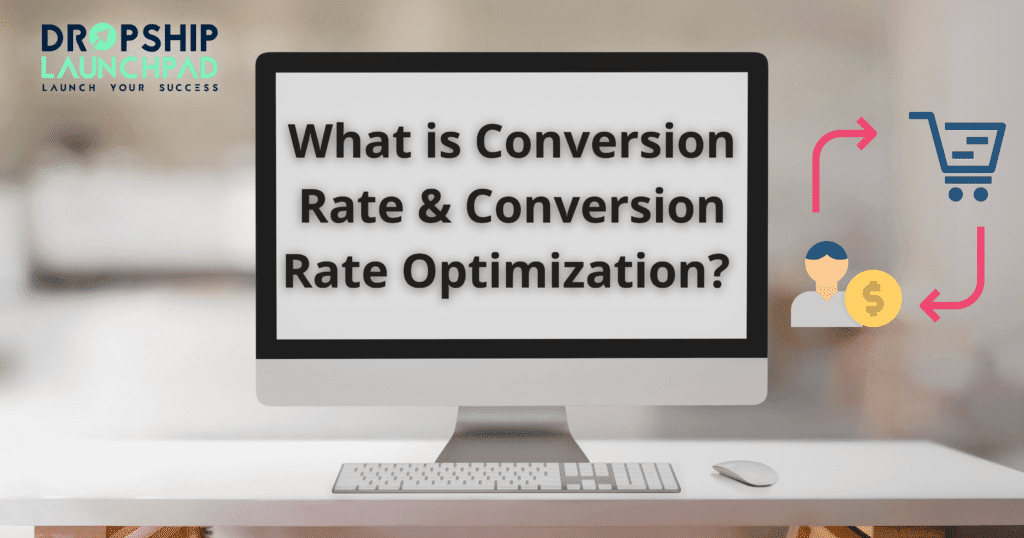
Your conversion rate indicates the percentage of visitors to your store that ends up buying something. Accordingly, for example, for every 100 visitors to eCommerce websites, 3% will be considered a conversion if 3 go ahead and do online shopping.
Therefore, conversion rates optimization increases funnel efficiency to ensure more customers are making online shopping through the whole process.
A strong conversion rate is just as important as having a high number of visitors each day, so you must maximize your conversion rate by ensuring there are no obstacles in the customer journey.
If your conversion rate happens to be lower than what you want it to be, there are several ways that you can improve it. It might take a little work, but the results will help optimize the customer journey and ultimately improve the number of sales you make.
How much conversion rate is considered satisfactory on Shopify?
Your daily sales will depend on the volume and size of your store, but a conversion rate in the region of 2-5% is considered standard. So, for example, if you have 100 visitors to your site each day, then two or three of these individuals should end up buying from you at the end of the day.
If you are getting lower than this, there is room for improvement, but don’t get too down about if your Shopify conversion rate is around 1%. Once you have taken time to improve other areas of your store, such as making your site more user-friendly and ensuring that the checkout process is working efficiently, you will see an improvement in your conversion rate.
Over 3.5% Shopify conversion rate would place you in the top 20% of Shopify stores, and around 5.1% Shopify conversion rate would put you in the top 10%.
>> Free! Free! Signup for Shopify free trial here!
Tips for Increasing High Conversion Rate on Shopify
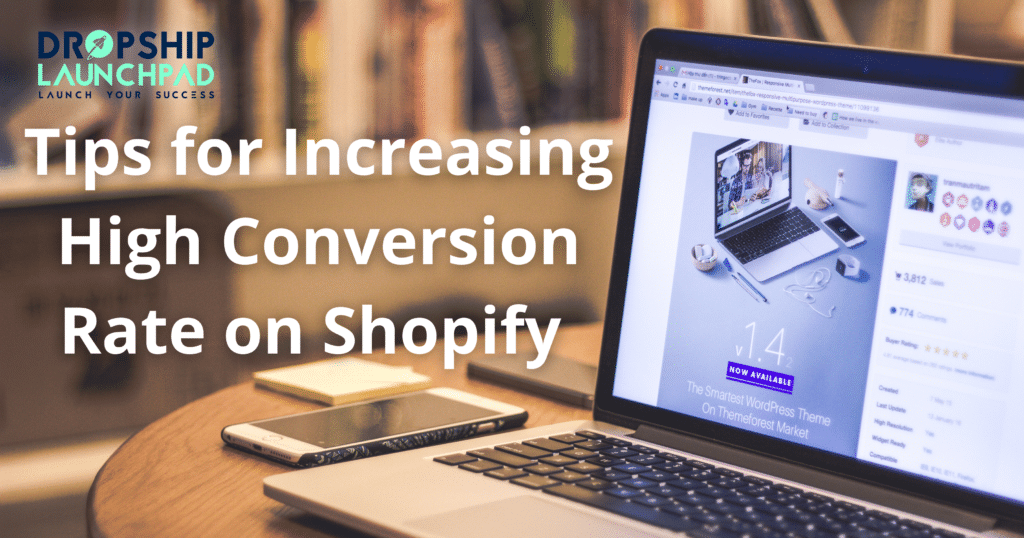
This article provides you with strategic tips to increase your eCommerce business conversion rate by simply using some techniques and Shopify’s free tools. This section gives you some insight into getting started. You can optimize your eCommerce site to have the best chance of converting visitors into paying customers.
1) Think about your customer experience from start to finish.
The first step towards Shopify conversion rate optimization is focusing on customer experience. When visitors visit your website, what are their expectations? First, look at some of your competitors’ websites and see what they offer in product details, shipping information, and customer support. Then, go through each page on your store and make a note of any roadblocks you find along the way.
2) Your online shop should be based on research.
Creating an effective Shopify store is about answering all the questions of your customers, not asking them. Asking customers questions only helps to get information from them that may not even be relevant. Instead, you should find out what your competitors are doing and see how it works for them. Consider that a customer’s research process is made up of two parts: the first being what they type into Google, and the second being what they buy from you if they go ahead with a purchase.
3) Identify Your Target Audience.
Identifying your target audience will ensure that you speak to the right people who have a genuine interest in what you are offering. What do they like, where do they live, and how much money are they willing to spend?
4) Differentiate yourself from your competitors.
The availability of so many options at various prices, specifications, and styles can make it challenging to decide. You can highlight product benefits and features to help your customers to buy.
Take a look at Apple’s online store for some inspiration on how you can showcase the features and benefits of your products. Creating custom landing pages can be a great way to attract customer retention.
5) Optimize Your eCommerce site with Dynamic Product Ads.
Dynamic product ads allow you to display items that are relevant based on who is viewing your website. They are highly customizable using the Shopify visual editor and help make your products stand out by ensuring they are relevant to each visitor to your site.
6) Implement Retargeting Ads to reach your potential customers.
Retargeting ads are displayed to people who have already visited your website but have not made a purchase. These ads are effective for increasing your Shopify conversion rate because they have already been exposed to your brand and some of your products. They can be created in various ways, from banners to pop-ups, and all you need to target specific customers remarketing through URL that leads back to your Shopify store. It’s one of the easiest ways to increase your Shopify store conversion rates.
7) Personalize Your Shopify store with Customer Information.
Personalizing your website can be done with simple little bits of information about your customers. For example, if they are signed in to their user accounts, you can display their name, location, or how many times they have visited your store before making a purchase. This is invaluable customer data that will help to make your dynamic ads even more targeted.
8) Use the Product Image Zoom Feature.
The zoom feature on product images is a great way to provide potential customers with all the information they need before purchasing. Activating this feature requires you to insert an additional image into each of your product images. When this feature is activated, it shows what looks like a magnified version of your original image. In addition, the zoomed-in section is highlighted, and customers can see every intricate detail that they otherwise might not have noticed the first time around.
9) Use High-Quality Product Images.
Using high-quality images will help your customers to make their purchasing decisions. A picture of larger size has a better chance of capturing their attention than a series of smaller images that all add to the same image. When a customer is deciding which product to buy, they use their emotions, not logic. A high-quality image can attract your customers at first sight.
10) Use High-Quality Product Descriptions.
All of the above information shows that all customers are looking for different things, which is why it’s essential to have high-quality product descriptions on your Shopify store. When they visit a product page, customers first look at the title and the image. So, you should follow this up with a complimentary 300–500-words product description that gives your customer a full understanding of your product.
11) Include your social proof app on your Shopify website.
It’s time to take your Shopify store up a notch by adding one amazing social proof apps! You’ll be able to keep track of all those purchases and sales, as well as see where people are coming from.
Social proof apps are great for businesses with limited resources. They allow the users of your store to see how many other people trust and use it, which can help reduce customer anxieties while increasing sales!
12) Include Clear Product Questions and Answers.
Another way to help your online store customers is by including straightforward product questions and answers on your website.
Using preset Q&A about your products can be a great way to help your Shopify store customers find additional information about your products.
You can consist of both general and specific questions and a variety of different solutions for each question. Another way you can provide your customers with quick, one-line answers that help to give your customers a clear idea of what you are selling. Then link from each preset description to a longer-form product description that discusses the features and benefits in more detail.
13) Make Sure Product Pages Load Quickly
Nothing turns customers off faster than slow-to-load pages on your website. If you have a lot of images, videos, or product reviews, then your page load speeds might start to suffer.
Firstly, you should optimize your images for the web so that they are smaller in size. Alternatively, you can install an image compression plug-in for Shopify.
14) Keep product pages short, sweet, and attractive.
Another thing that will increase your Shopify conversion rate is keeping your product pages short and sweet. Customers don’t have much time to spare, so giving them exactly what they need to make a purchasing decision is essential.
This means keeping things simple at all times. You can keep your product pages short by keeping them focused on only the most important details that customers need.
15) Write Customer Product Reviews.
No one can tell you as much as your current and past customers, which is why it’s a good idea to include customer product reviews on your website. Customer reviews are very powerful because they help to convince other customers to make a purchase.
Customer reviews also allow you to highlight your best and most popular products and include additional information that might help improve conversions further.
16) Get A High-Quality SSL Certificate.
You can do one thing to help boost your website’s SEO rankings by getting a high-quality SSL certificate. SSL certificates help to protect all of the information that customers enter on your website, including payment details and contact forms. There are plenty available on Shopify, so all you have to do is pick one at checkout.
17) Track Your Conversions.
It’s essential to track your conversions for each product page to see which products are converting well. Once you know what’s working, you can focus your efforts on these products alone. You should also track conversions to figure out which keywords customers are using when they find your website.
18) Optimize for Mobile Devices.
Most internet users now browse the web via mobile devices, optimizing your product pages for these devices. Easily do this by setting up a responsive theme on Shopify, which changes your website layout based on what type of device customers are using to view it.
19) Create Product Videos.
Videos can be extremely powerful when it comes to boosting your conversions. However, there are certain types of videos that are more effective than others. For example, you should create product videos that focus on the benefits you offer, rather than including too much information about what goes into making each product.
20) Optimize for local search.
Another way to help boost your conversion rates is by optimizing for local searches. This means creating targeted ads and listing your website in Google Places and other directories.
21) Implement a Customer Lifetime Value strategy.
Your customer’s lifetime value is essential to your website’s overall success. It measures how much money you are making from each of your customers on average. By implementing a customer lifetime value strategy, you can identify which of your products are underperforming so you can either improve them or stop promoting them altogether.
22) Checkout page optimization.
Another thing that you might need to improve is your website’s overall checkout process. This means reducing the number of steps that customers need to take to purchase and keeping things straightforward. Customers don’t want confusing checkouts, and they certainly don’t want any surprises either!
23) Keeping carts from being abandoned.
Abandoned carts, most frustrating problem for online retailers, so you should do everything you can to prevent them from happening. First, reduce your shopping cart abandonment rate by clarifying what you need customers to enter at checkout and offering incentives for them to complete their purchases.
24) Promote limited-time offers.
Another thing that you can do to help increase your Shopify conversion rates and encourage customers to buy is by using limited-time offers. For example, you can create special discounts, price reductions, or offer free shipping, and show these offers in prominent locations throughout your website.
25) Integration of live chat software
Conversions can also be increased by using live chat software. Your customers can quickly contact you this way, even if they are browsing your website at the time. You can use this type of software to generate leads and boost conversions later on down the line.
26) Create logical categories for your products
It’s also essential that you create logical product categories for your website. This includes using relevant keywords throughout your store and including the most popular products near the top of each category page.
27) Provide a brief overview of your return/refund policy
A good return policy is the best way to ensure your customers feel safe and confident when they shop online. If you want to increase conversions on Shopify, provide a brief overview of what steps need to be taken when returning an item and how long it will take to complete the process if there are any complications during delivery or after receiving goods.
28) Ask for customer testimonials.
Customer testimonials can be constructive when it comes to converting customers. This is because they provide positive reviews and feedback, which can help increase customers’ trust in your brand and products.
29) Leverage email marketing to recover abandoned carts.
When customers are just about to check out, they might take a moment to look around your website. If you have an email signup form in prominent locations throughout your site, you can use this process to get in touch with them once they’ve left so you can recover any abandoned carts.
30) Integrating customer service across all pages
It’s best if you’re reachable at all times, so it’s a good idea to integrate your customer service contact information across all pages within your store. This includes links to social media accounts and links for emailing or calling your business for help with making purchases.
A Final Tip…
You should utilize social media platforms as social proof of your online stores. If you are having trouble boosting your conversions, the best thing to do is go back over your product listings so that you can figure out what’s working well. You might also need to install some useful apps from the Shopify app store.
Shopify Popup apps for Increasing Conversion Rate
Privy ‑ Pop Ups, Email, & SMS
From small to large, E-commerce companies trust Privy to increase website conversion, grow their email & SMS lists, and drive sales. Shopify and Shopify Plus are integrated with Privy so that you can get started in seconds!
Pop-Ups, SMS & Email Marketing
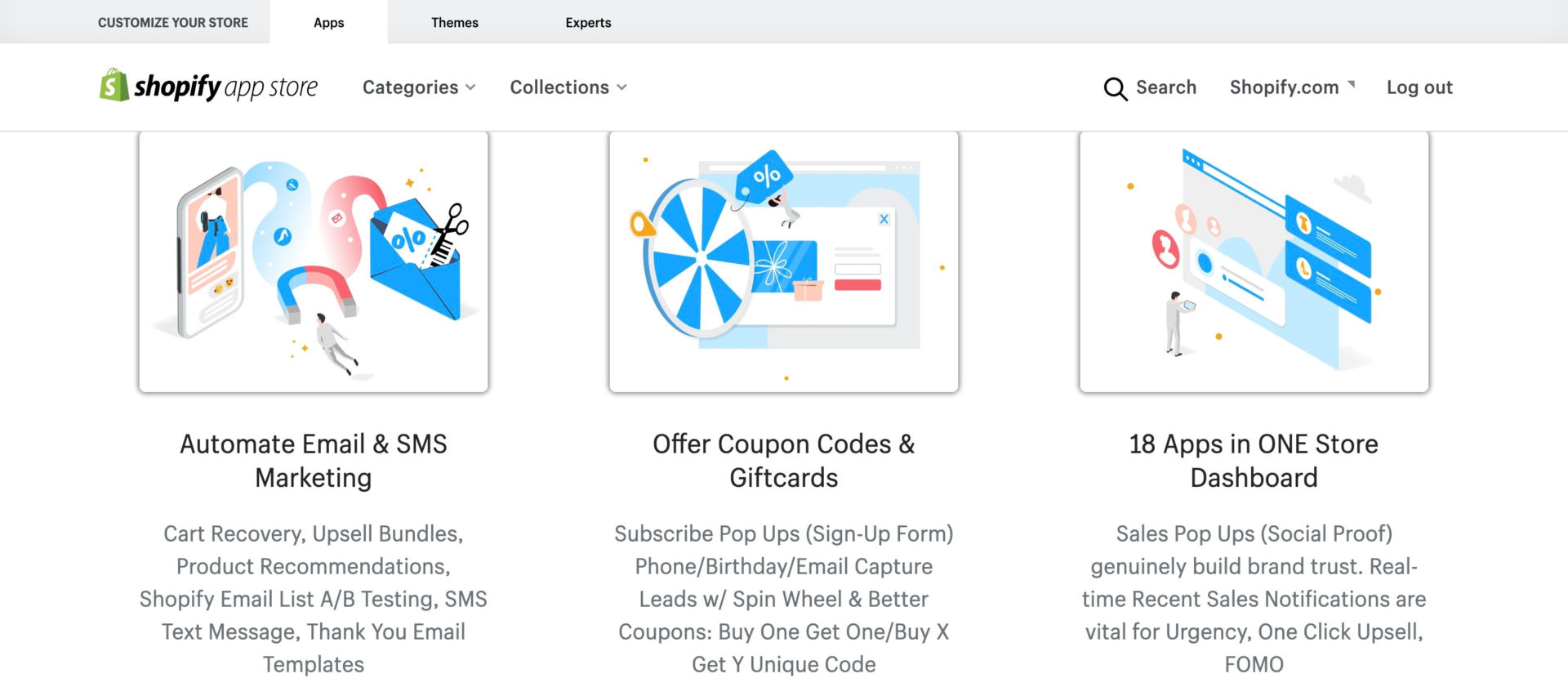
The integrated suite of 18+ apps boosts sales, signups, and profits across all channels. Neither coding skills nor technical knowledge is required!
Woo Spin Popups: Wheel Popups

A spin wheel popup that keeps the customer engaged and makes your products more visible. You can use this type of popup to highlight and show off your best products, as well as include a call-to-action button to make it easier for customers to find out more about them.
Best Shopify Apps to implement first-time offers
Bold Discounts ‑ The Sale App
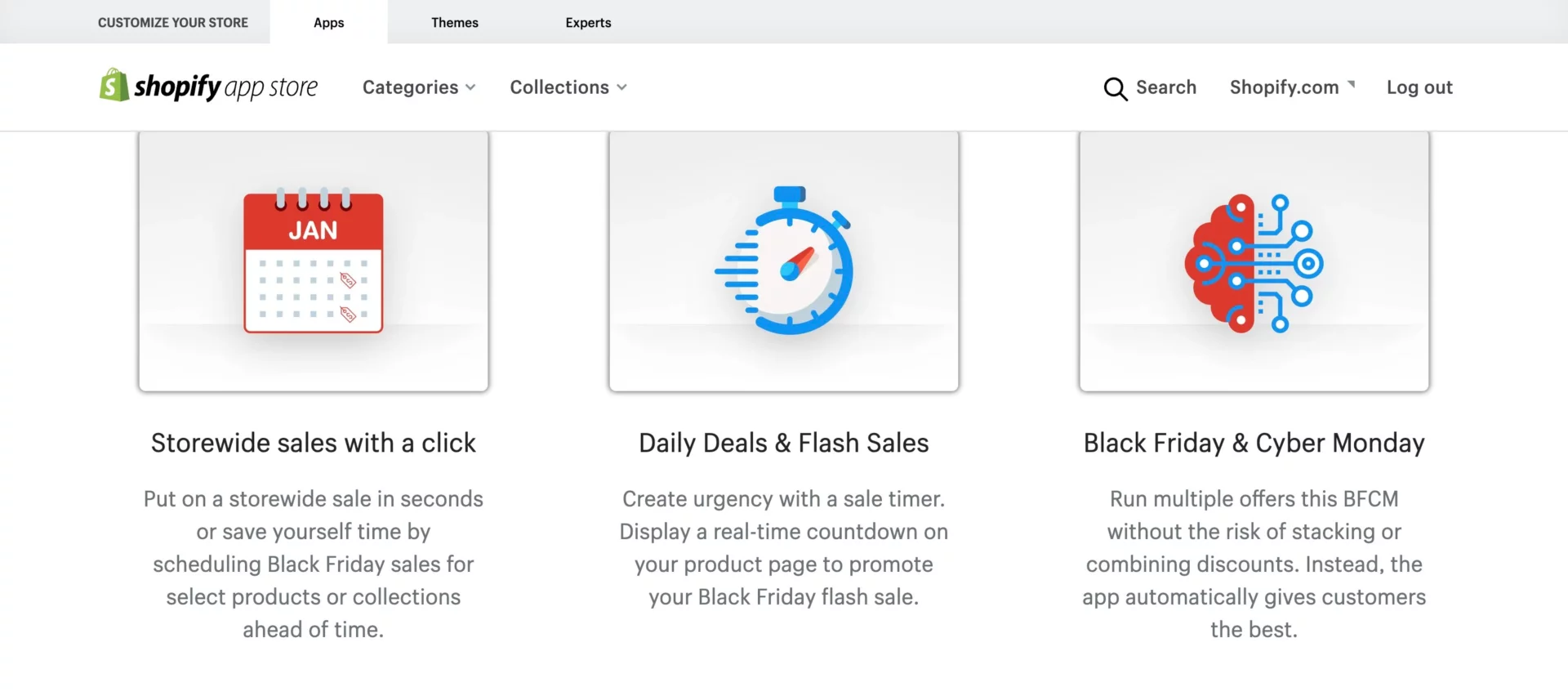
Shopify’s #1 Black Friday & Cyber Monday app, Bold Discounts, is a great way to promote your business in the lead-up and during this busy time of year. It also includes features like:
-Live chats that allow customers to contact sales representatives for immediate assistance
-Full conversion tracking so you can see who bought what after clicking through your site.
Ultimate Special Offers
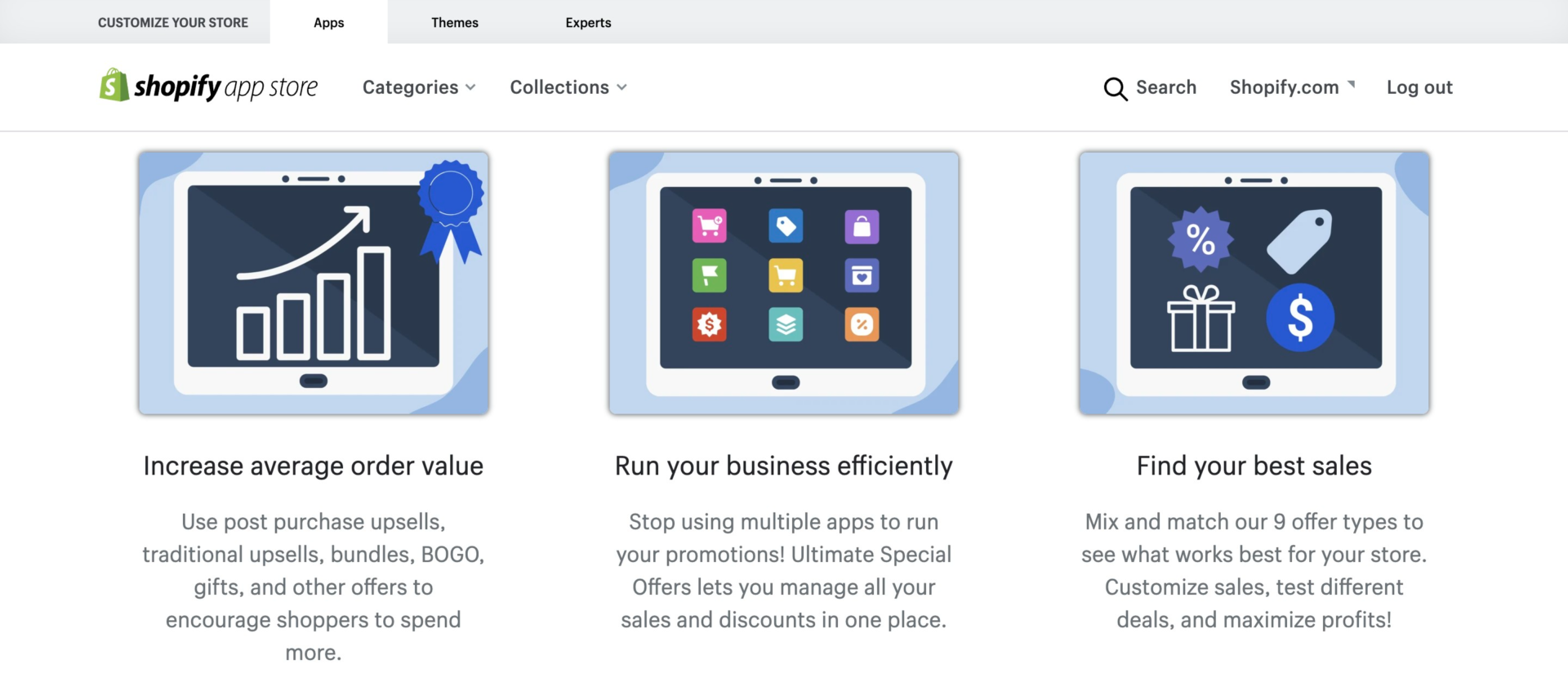
You want your customers to come back and buy more, but how? Use the Ultimate Special Offers app and offer them an upsell. In this way, you can increase the average order value because consumers who just bought something may be more inclined to spend a little extra on a bonus or service they didn’t expect when they initially made their purchase decision.
Cart Upsell Bundle+Cross Sell for Shopify

Cart Upsell from TrustSpot helps you to engage with your customers by giving them discounts, bonus features, and gifts. For example, you can use this app to increase your customer’s average order value and offer a limited-time deal to encourage more purchases.
Best Shopify Apps for decreasing cart abandonment
PushOwl Web Push Notifications
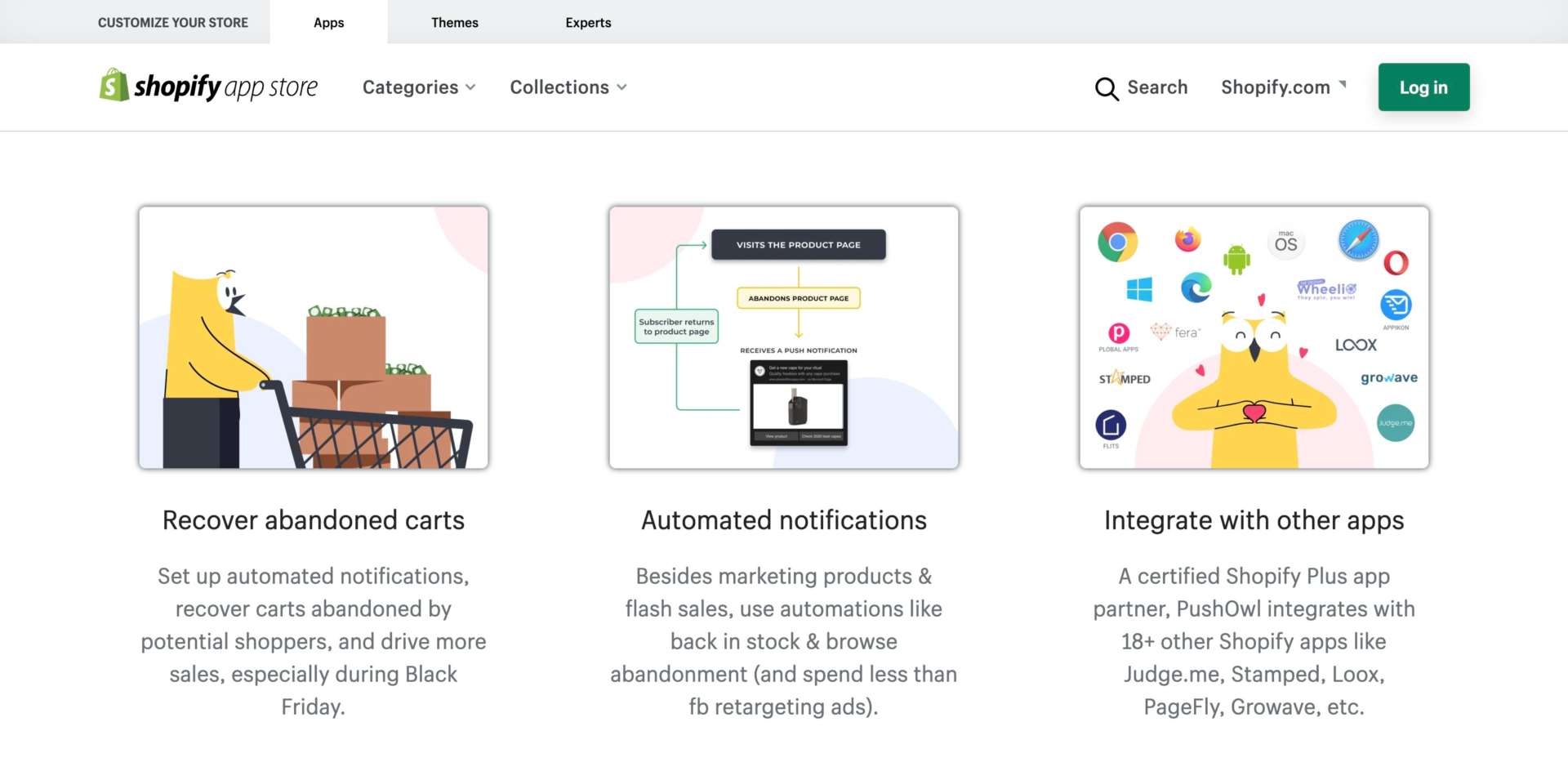
Web push allows you to enroll visitors as subscribers with just one click. No personal information is required, such as an email address or phone number! Your customers will receive web push notifications about your products directly on their screens and turn them into loyal shoppers in no time at all – driving more sales than ever before.
WhatsApp Notification
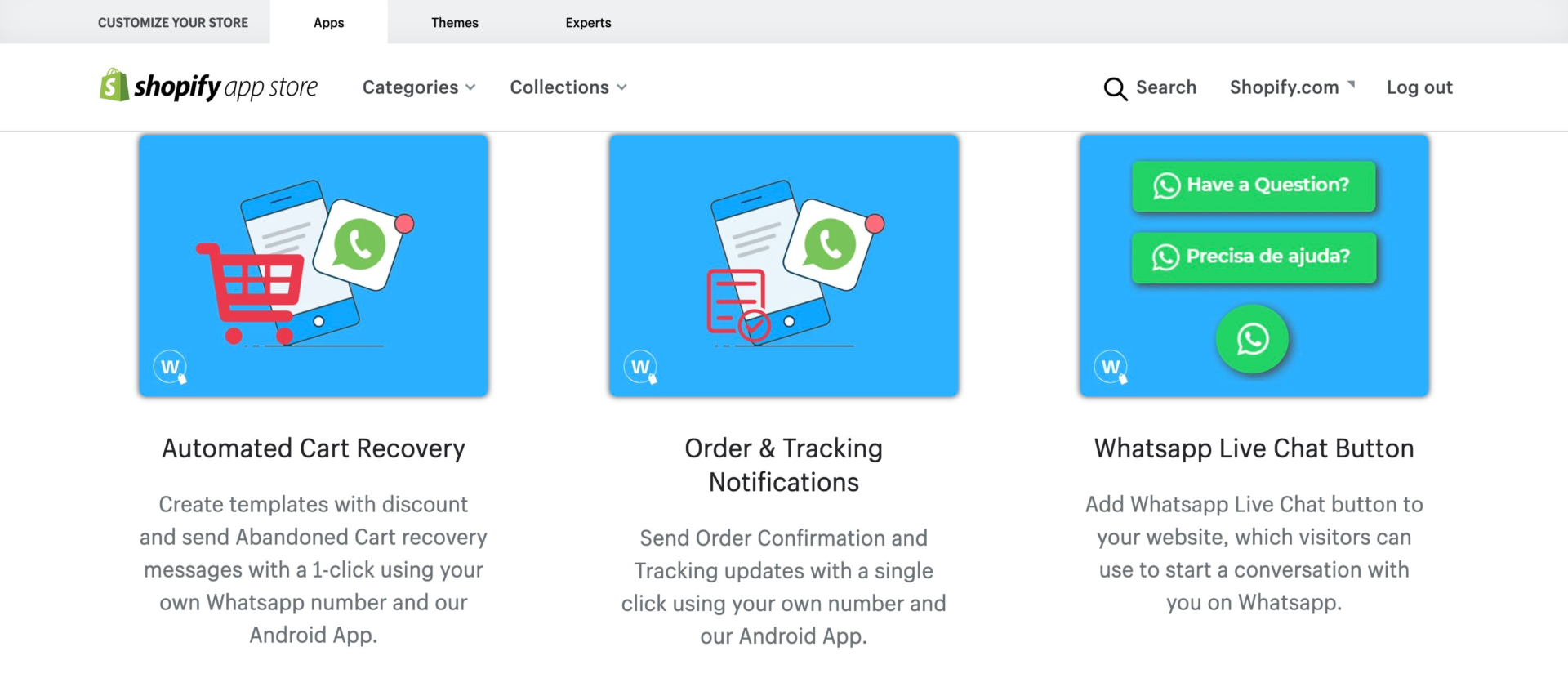
With WhatsApp Notifications, you can receive automatic order confirmation and upsells. Furthermore, you can keep track of your sales in real-time with tracking notifications!
Recently, WhatsApp launched new features that provide users with access to basic chat capabilities and more advanced functions such as status updates on orders or discounts when purchasing large quantities of products simultaneously through group chats, among other goodies.
Abandoned Cart Recovery Email
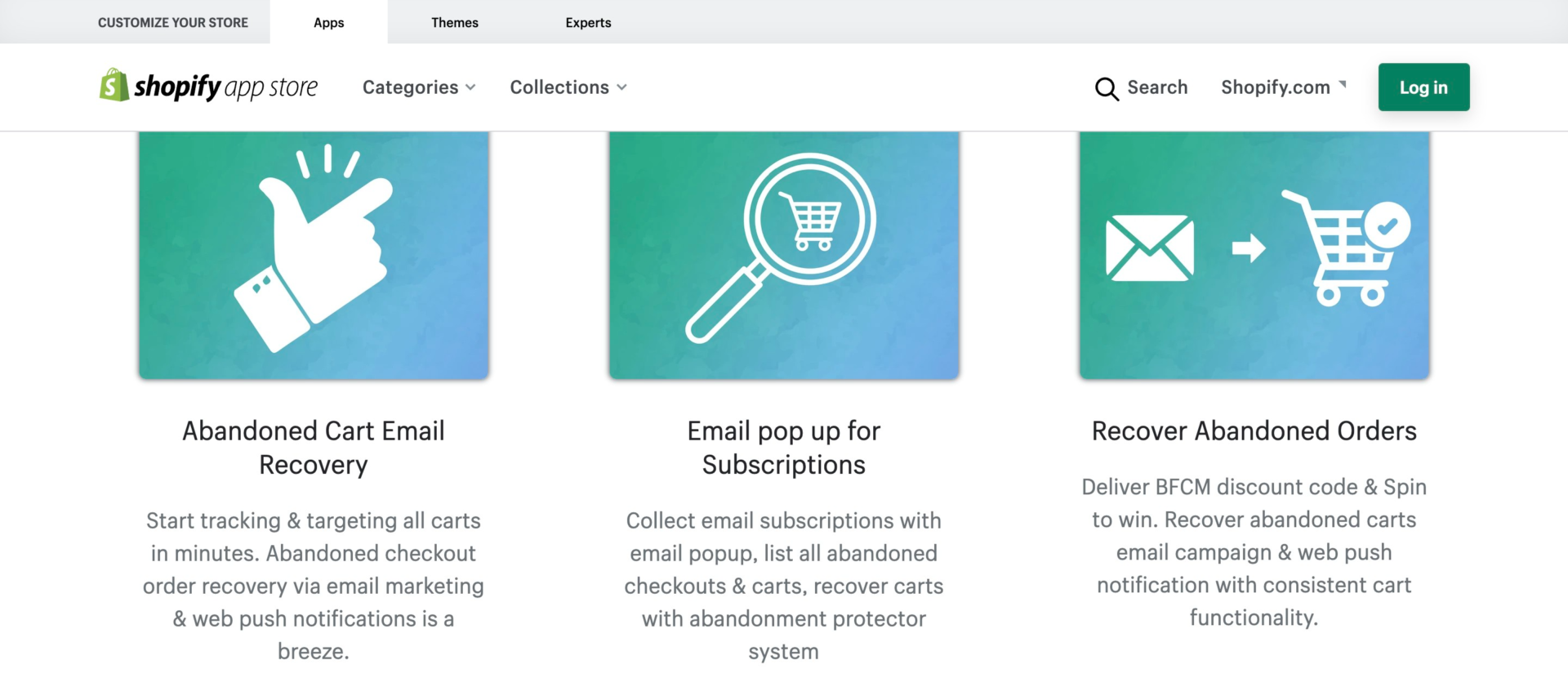
The Care Cart system is designed to give retailers the ultimate abandoned cart recovery, with features that include real-time monitoring of every interaction and order. It also tracks customer engagement to retarget them through email marketing campaigns or push notifications on their phones right when they abandon an item!
Using this powerful tracking technology, you never have to worry about losing potential customers again. Instead, it shows where they go after leaving without making a purchase – allowing you to effectively target future marketing campaigns so that you don’t miss out on another sale.
Persistent Cart

Persistent Cart can store shopping carts, and if a customer loses their cart, they will be able to find it again. This increases sales because people don’t worry about forgetting things when purchasing online.
Smart Cart Recovery
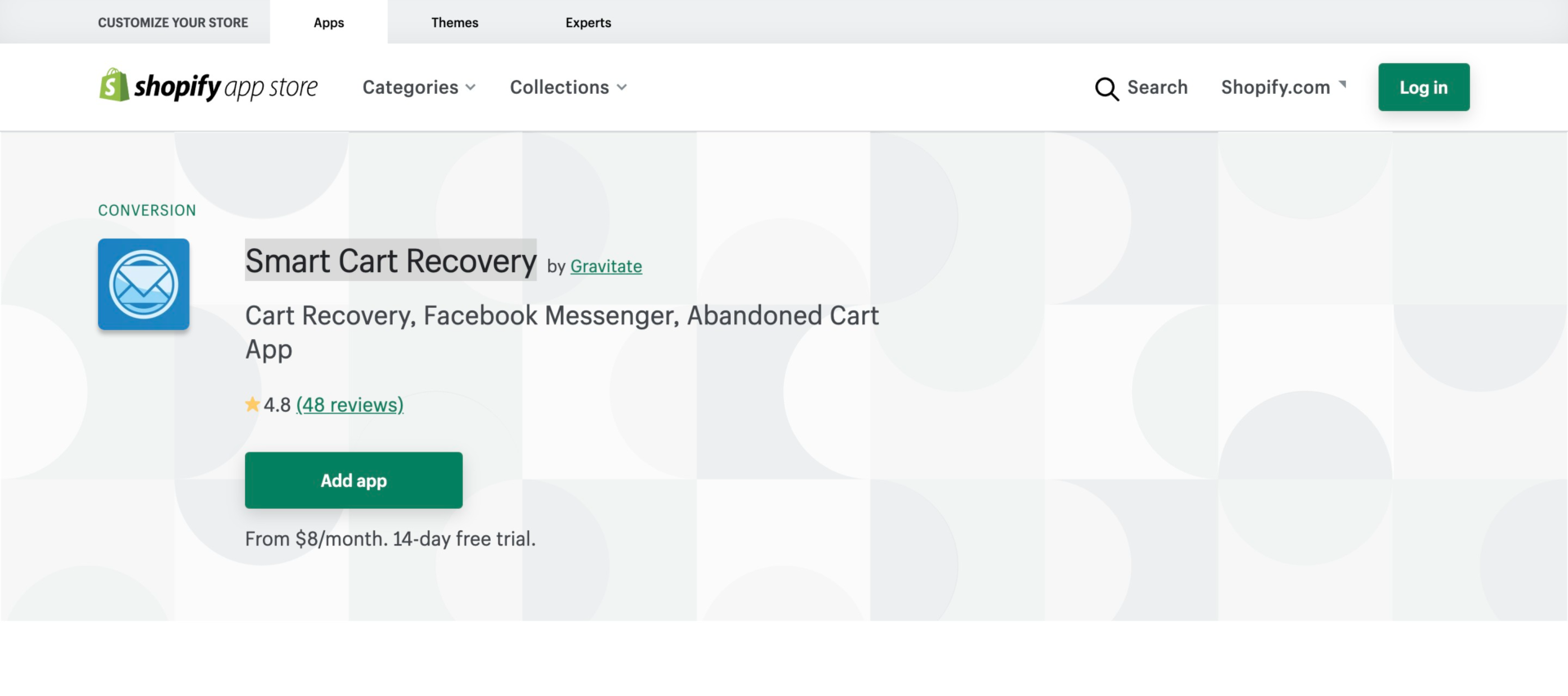
Using this app, you can create mixed recovery sequences by Email and Facebook messenger. It gives us a tremendous advantage over other competitors because as inboxes get busier, it will be easier for people who want something but haven’t found what they need yet!
Best Apps to automate your email marketing
Klaviyo: Email Marketing & SMS
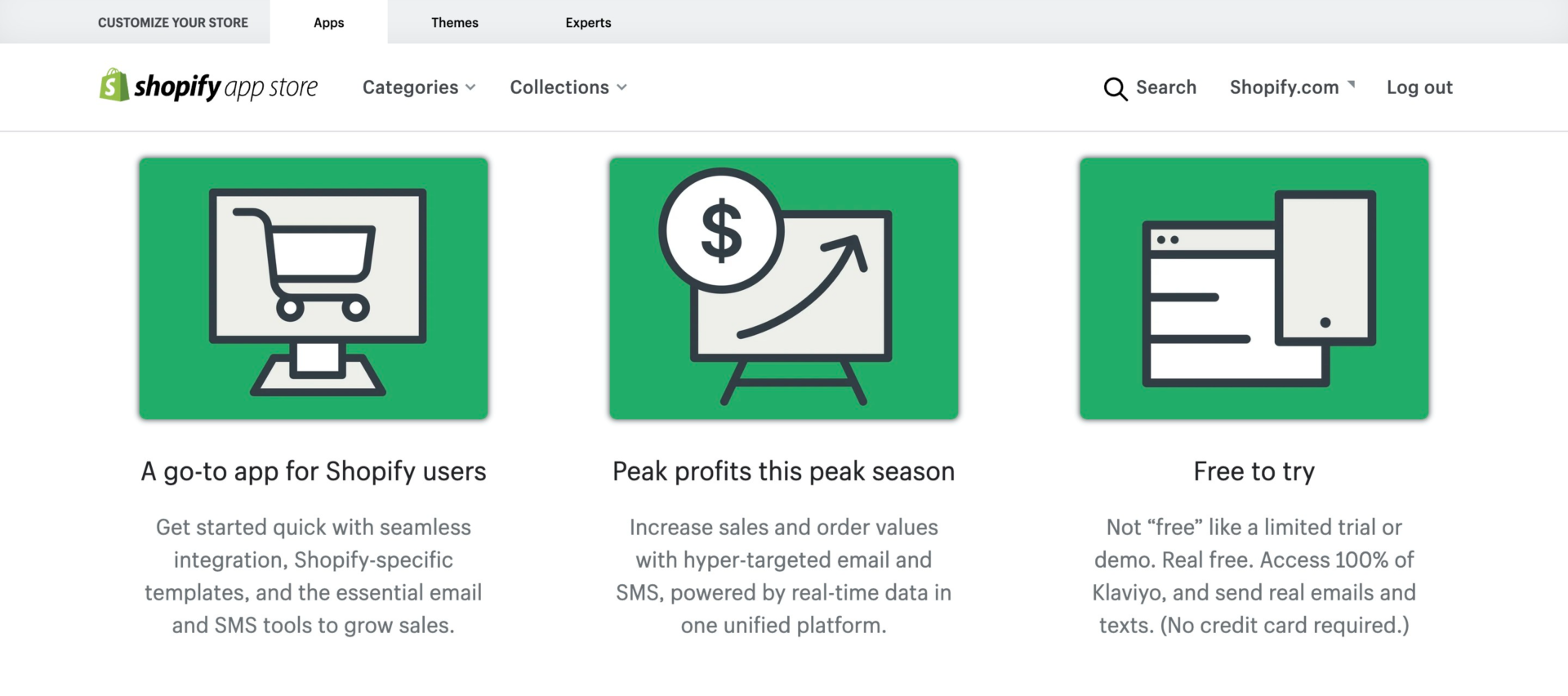
You’ve probably heard of Klaviyo, the marketing platform that dominates Shopify. More than 265,000 companies use it to send personalized emails and more! As your business grows, so does this powerful tool – making it easy for you to go from launching a startup to running a billion-dollar company without having to change platforms.
Omnisend Email Marketing & SMS
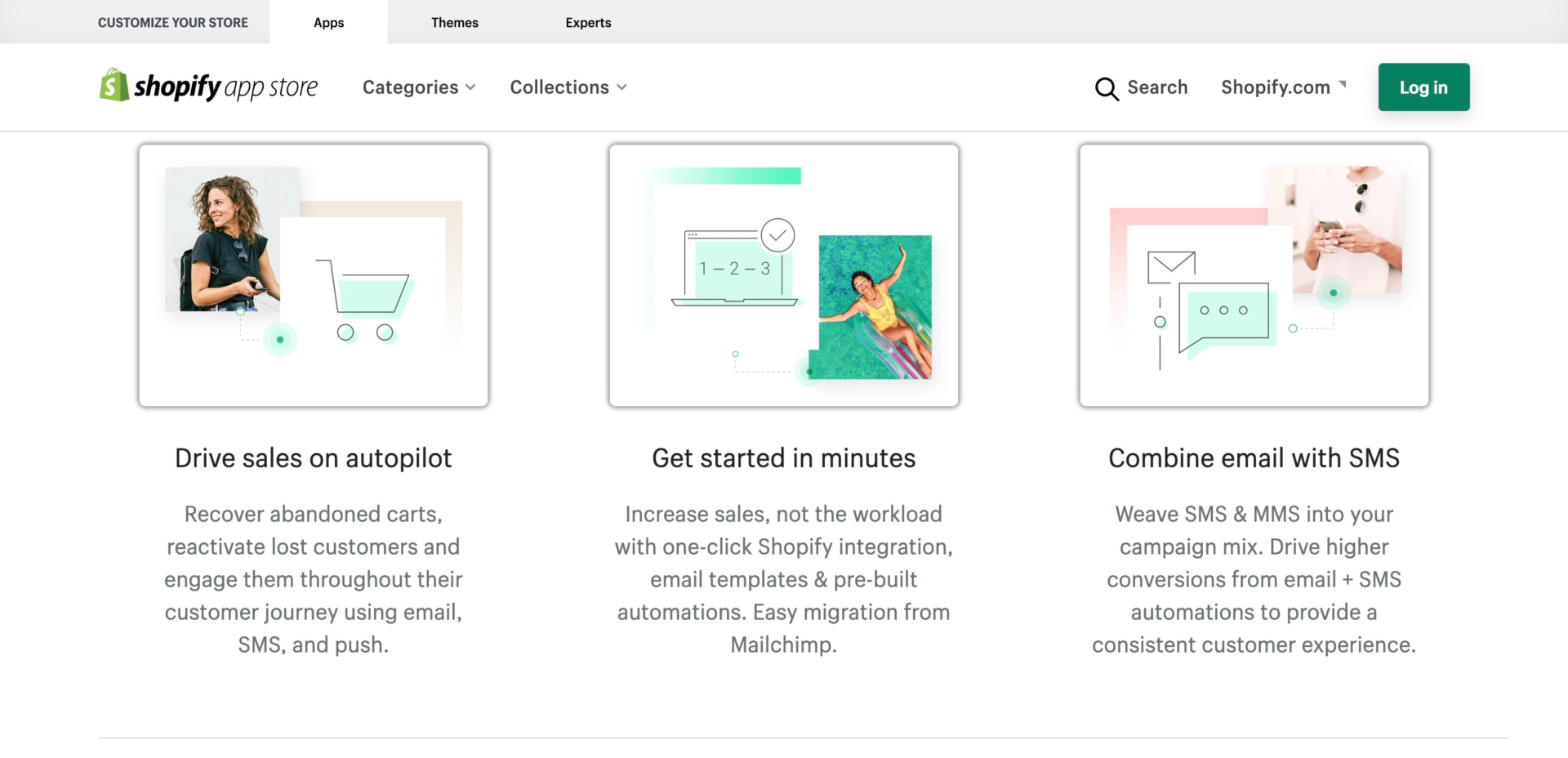
Omnisend is a platform used by 70,000+ eCommerce merchants to increase sales. The full Shopify integration and pre-built automation workflows make it easy for anyone without coding experience or in-depth knowledge of email marketing tools.
Omisends’ intuitive design ensures that everything goes smoothly from the start (or end) user perspective, so they will never have trouble implementing these innovative solutions!
Remarkety ‑ Email, SMS, Social

Remarkety is an eCommerce email marketing automation platform that makes it easy to use. It segments customers and applies predictive algorithms based on their shopping behavior. As a result, marketers can create & deliver data-driven campaigns for driving revenue by attracting and engaging the right people at the right time – all in one place! Remarkety also has integration tools, so you don’t have to worry about how your campaign will look from different angles or what specific features might be needed depending on where they’re going live (such as wanting retargeting.
Email Marketing by CM Commerce
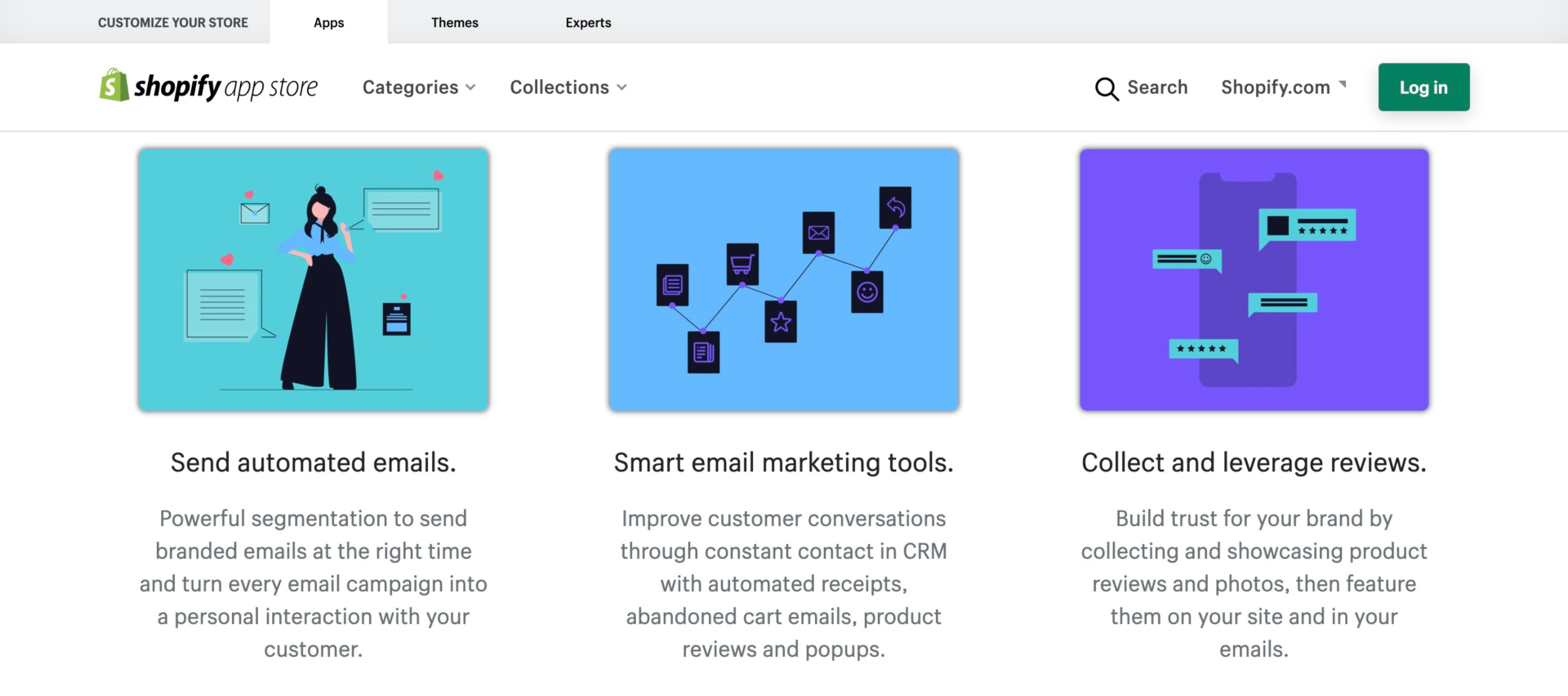
Standing out can be difficult in an email marketing landscape, but CM Commerce Email Marketing is one of the tools that will help you do so. Its powerful combination of user-generated content and emails designed for branding success has helped more than 20 thousand entrepreneurs grow their businesses worldwide.
Final Thoughts
Shopify Conversion rate optimization is not an easy task. It takes hours of research, trial, and error, testing different versions of your page layouts, finding the best offer for your audience, and more to see what gets you the most sales. However, if it is done correctly, it can result in significant gains in revenue that will make all those sleepless nights worth it!
We hope that the tips and apps listed in this blog post will help you to maximize your Shopify conversion rates. If you’re looking for some help with conversion rate optimization on Shopify or want to know more, then comment below!
>> Signup for your Shopify store now!
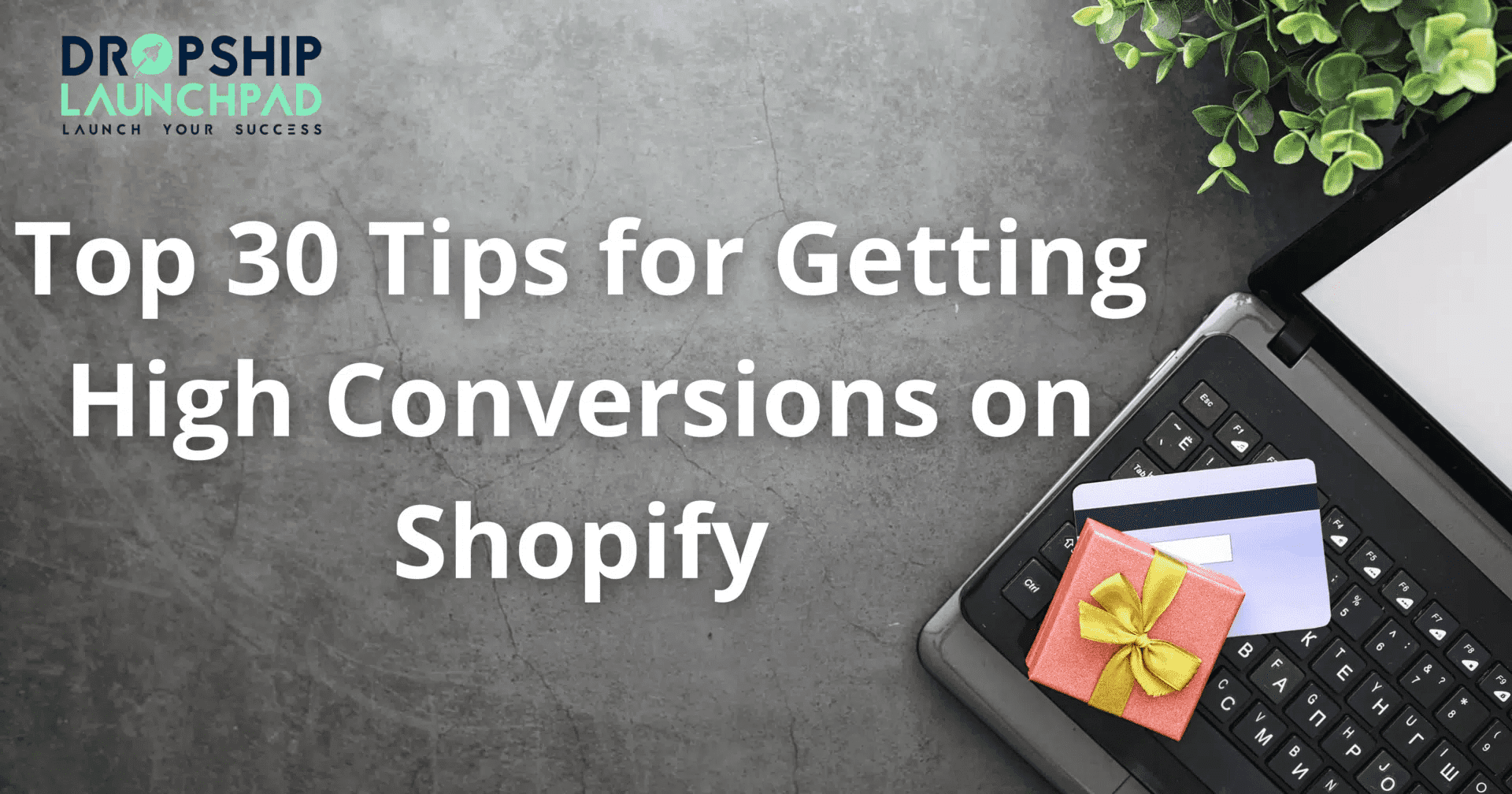
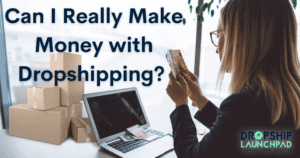 Can I Really Make Money with Dropshipping?
Can I Really Make Money with Dropshipping? 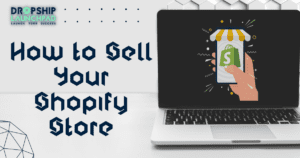 How to Sell Your Shopify Store
How to Sell Your Shopify Store 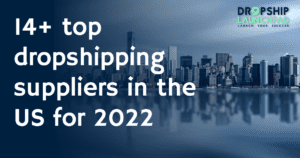 14+ top dropshipping suppliers in the US for 2023
14+ top dropshipping suppliers in the US for 2023 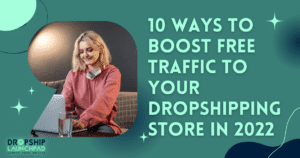 10 ways to boost free traffic to your dropshipping store in 20232
10 ways to boost free traffic to your dropshipping store in 20232
that’s great